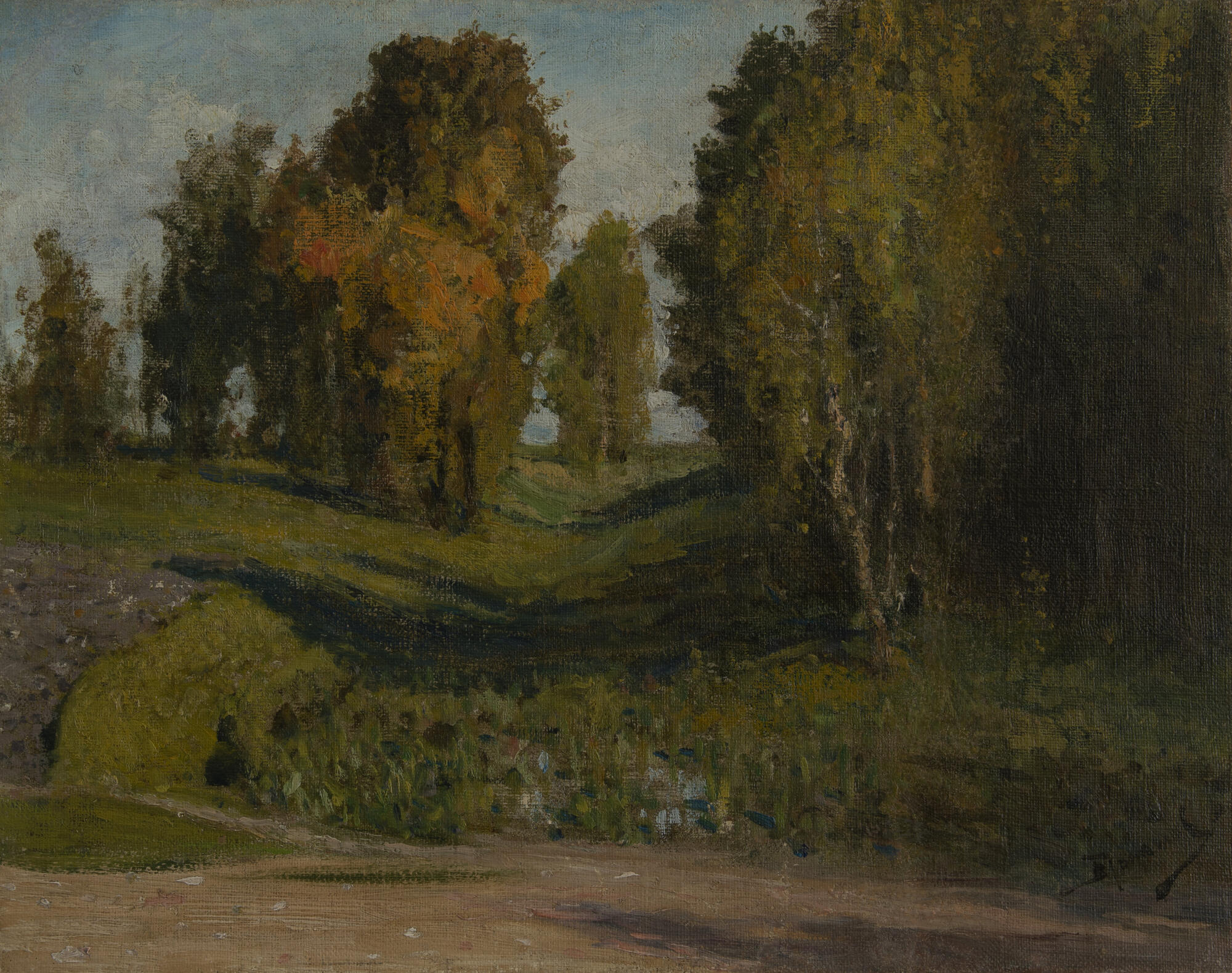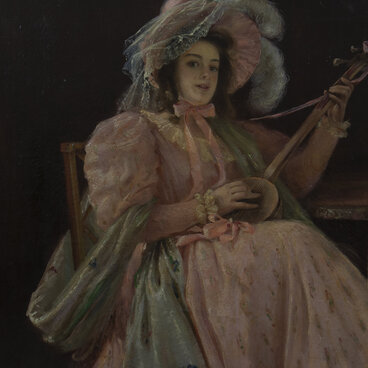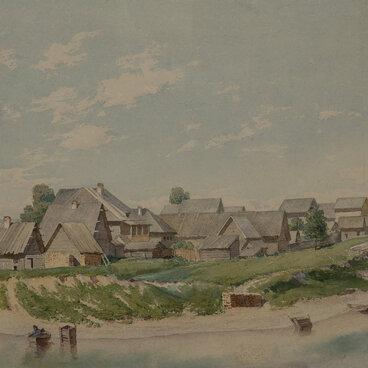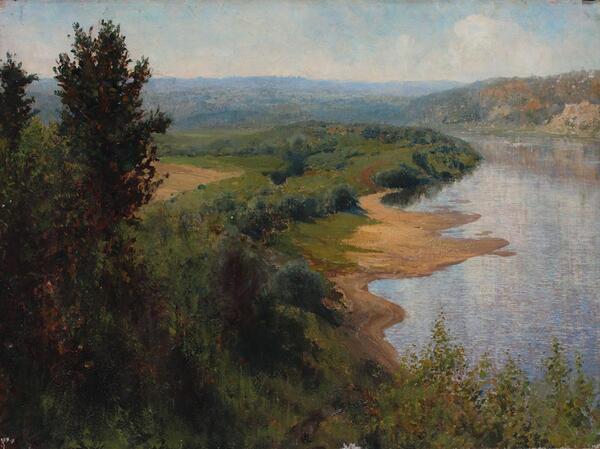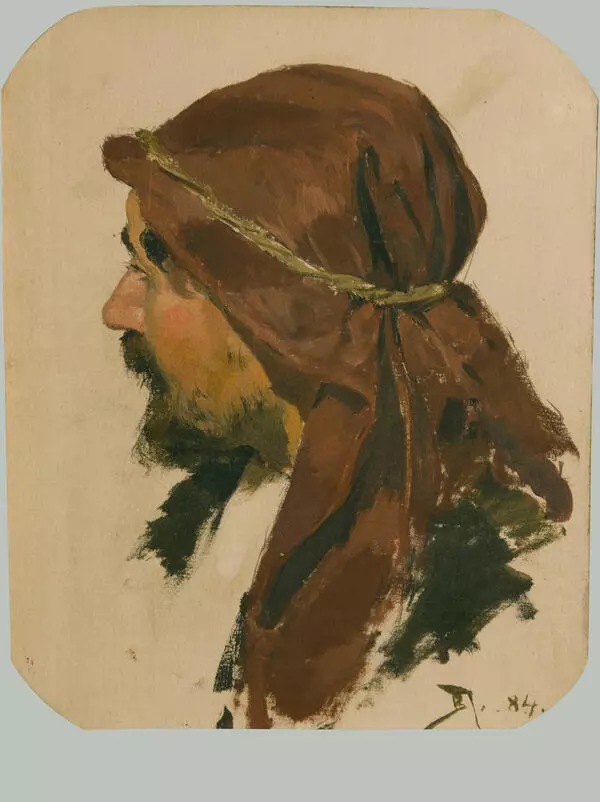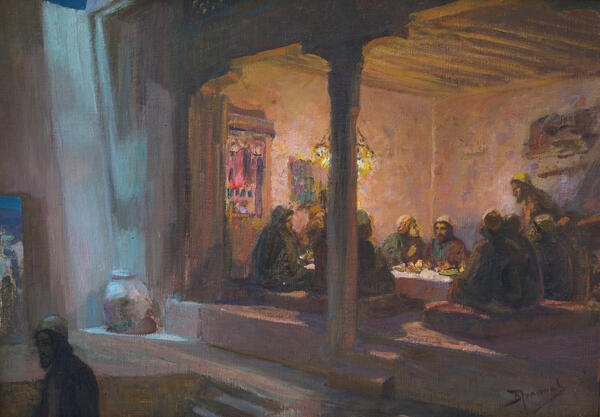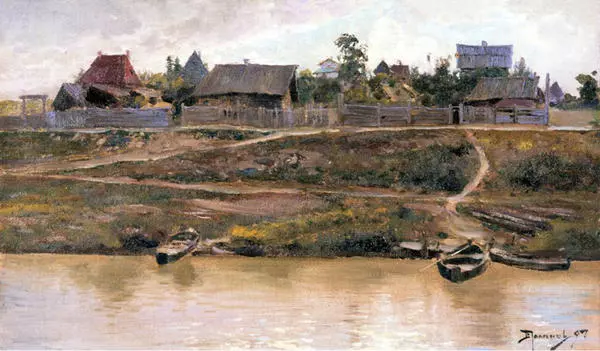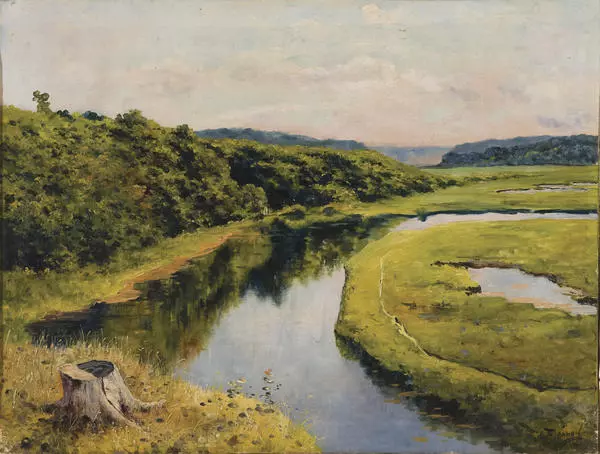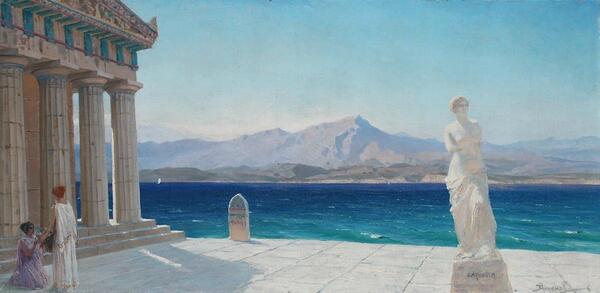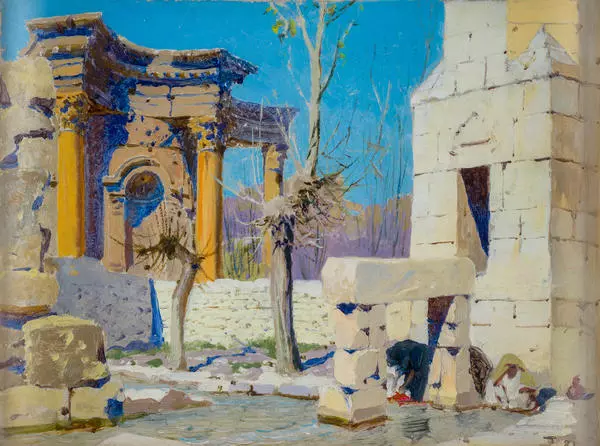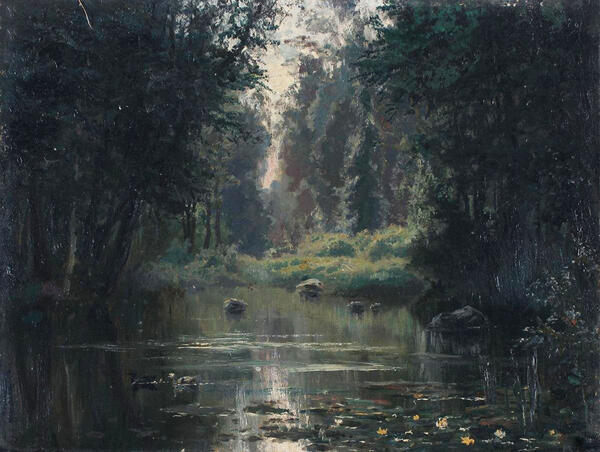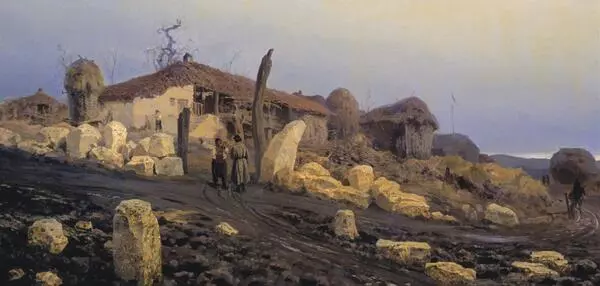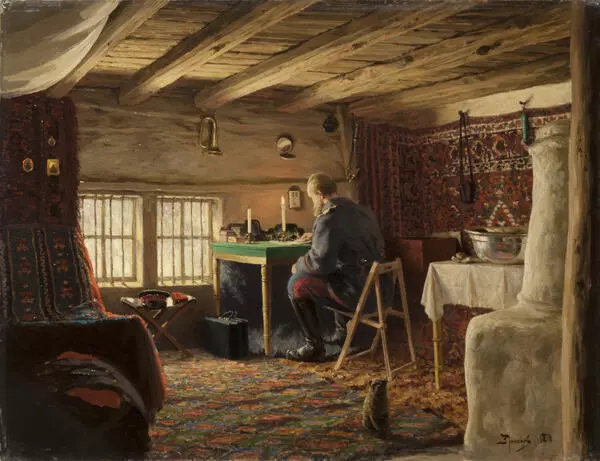The exhibition of the Ostrogozhsk Museum of History and Art features a painting titled “Grove” by the prominent Russian artist Vasily Dmitriyevich Polenov.
Vasily Polenov studied at the Academy of Arts, took lessons from Pavel Chistyakov and Ivan Kramskoy, was a member of the Society for Traveling Art Exhibitions, and created many paintings that left their mark in the history of Russian and international art. Vasily Polenov devoted a lot of effort to set design, creating scenery for performances in Abramtsevo and Moscow. “Art should promote happiness and joy…” Polenov wrote in a letter to Vasnetsov. This idea runs through all the works created by this great Russian painter of the second half of the 19th century.
From the late 1870s, the art and personality of Vasily Polenov were surrounded not merely by fame but by an enthusiastic adoration among young artists. The colors in his paintings fascinated and captivated his contemporaries and were considered a revelation in painting.
The light brush strokes, comforting nature, peacefulness, and bright feelings are key characteristics of Polenov’s works. His painting “Grove” is filled with a warm glow. Until him, no other representative of the Wanderers had been able to show so much sun, air, and clear colors in their paintings. The painter seems to be afraid of ruining the natural harmony of nature with his presence and tries to share this feeling with viewers. The landscape captivates with the delightful images of the clearing between two rows of trees, the barely noticeable stream in the grass behind the road, and the blue sky in the gaps between the trees.
As a child, Polenov spent summers at his father’s estate “Imochenitsy” in Olonets Governorate where he fell in love with the vast expanses of fields, and thick broadleaved forests descending to mighty rivers. These places inspired his earliest landscapes and studies. The artist dreamed of living close to nature. In 1890, he purchased a small estate named Bekhovo in Tula Governorate, on the high bank of the Oka. Polenov used the money he got from selling the painting “Christ and the Woman Taken in Adultery” and built a house according to his own project in a quiet area of the pine forest near the village, as well as art workshops nearby.
Vasily Polenov studied at the Academy of Arts, took lessons from Pavel Chistyakov and Ivan Kramskoy, was a member of the Society for Traveling Art Exhibitions, and created many paintings that left their mark in the history of Russian and international art. Vasily Polenov devoted a lot of effort to set design, creating scenery for performances in Abramtsevo and Moscow. “Art should promote happiness and joy…” Polenov wrote in a letter to Vasnetsov. This idea runs through all the works created by this great Russian painter of the second half of the 19th century.
From the late 1870s, the art and personality of Vasily Polenov were surrounded not merely by fame but by an enthusiastic adoration among young artists. The colors in his paintings fascinated and captivated his contemporaries and were considered a revelation in painting.
The light brush strokes, comforting nature, peacefulness, and bright feelings are key characteristics of Polenov’s works. His painting “Grove” is filled with a warm glow. Until him, no other representative of the Wanderers had been able to show so much sun, air, and clear colors in their paintings. The painter seems to be afraid of ruining the natural harmony of nature with his presence and tries to share this feeling with viewers. The landscape captivates with the delightful images of the clearing between two rows of trees, the barely noticeable stream in the grass behind the road, and the blue sky in the gaps between the trees.
As a child, Polenov spent summers at his father’s estate “Imochenitsy” in Olonets Governorate where he fell in love with the vast expanses of fields, and thick broadleaved forests descending to mighty rivers. These places inspired his earliest landscapes and studies. The artist dreamed of living close to nature. In 1890, he purchased a small estate named Bekhovo in Tula Governorate, on the high bank of the Oka. Polenov used the money he got from selling the painting “Christ and the Woman Taken in Adultery” and built a house according to his own project in a quiet area of the pine forest near the village, as well as art workshops nearby.
